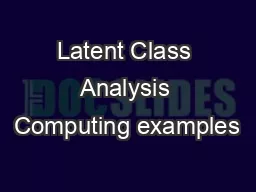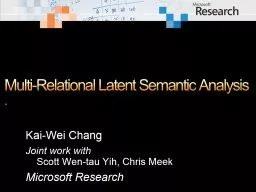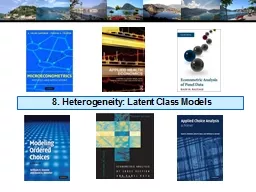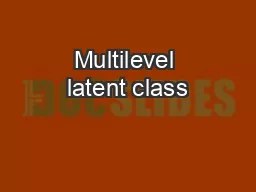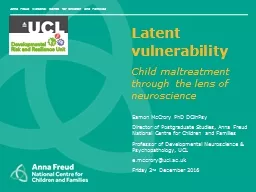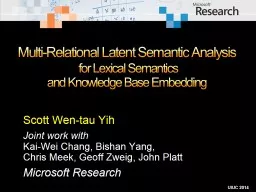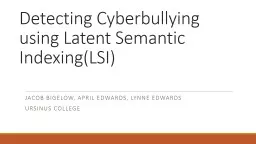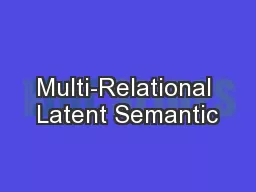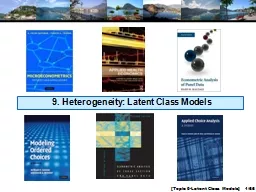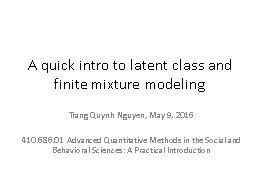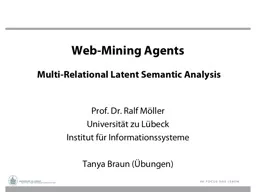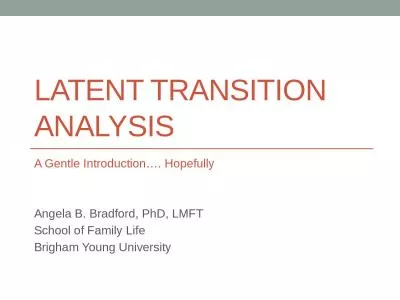PPT-Latent Class Analysis Computing examples
Author : olivia-moreira | Published Date : 2018-09-22
Karen BandeenRoche October 28 2016 Objectives For you to leave here knowing How to use the LCR SAS Macro for latent class analysis Brief introduction to poLCA in
Presentation Embed Code
Download Presentation
Download Presentation The PPT/PDF document "Latent Class Analysis Computing examples" is the property of its rightful owner. Permission is granted to download and print the materials on this website for personal, non-commercial use only, and to display it on your personal computer provided you do not modify the materials and that you retain all copyright notices contained in the materials. By downloading content from our website, you accept the terms of this agreement.
Latent Class Analysis Computing examples: Transcript
Download Rules Of Document
"Latent Class Analysis Computing examples"The content belongs to its owner. You may download and print it for personal use, without modification, and keep all copyright notices. By downloading, you agree to these terms.
Related Documents

